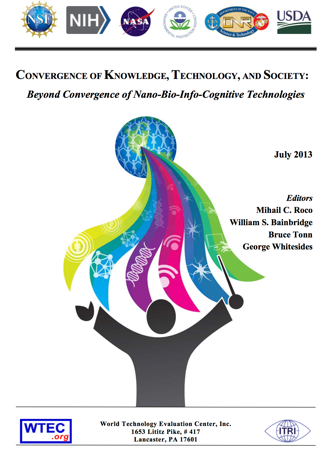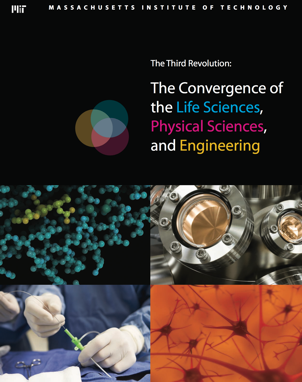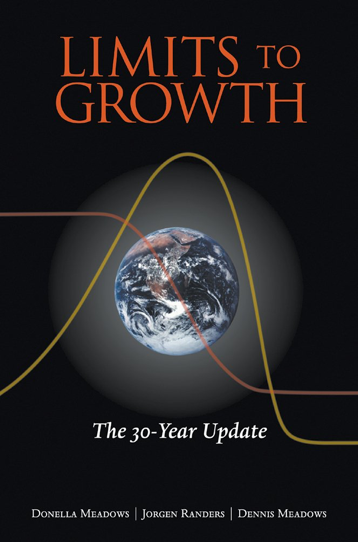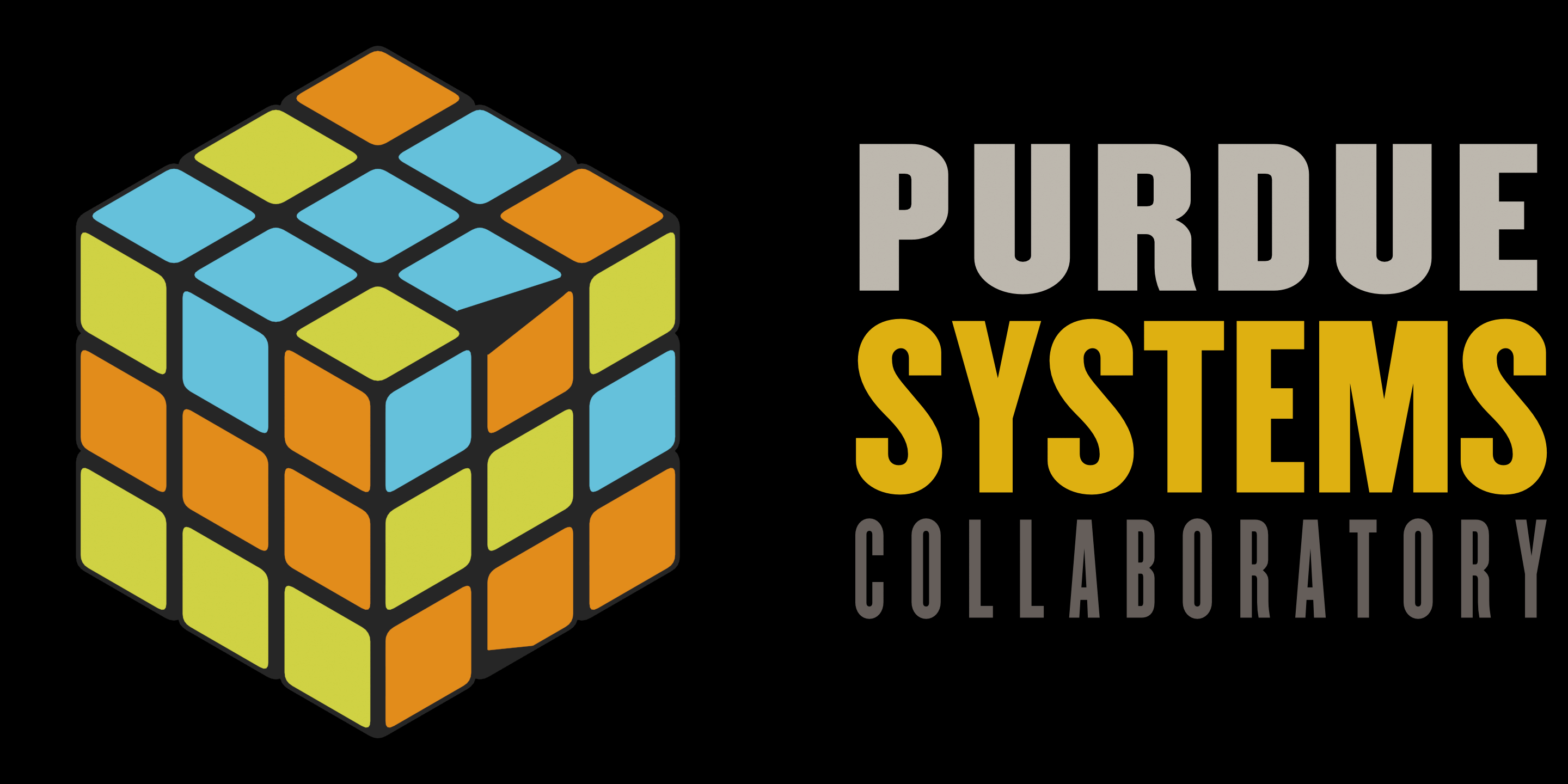Resources at the Purdue Systems Collaboratory
Systems thinking and systems science have a broad range of definitions and are perceived with different flavors based on the individual’s background and expertise. Below are examples of articles and books that discuss systems, related ideas and terminology closest to PSC’s vision and framework.
Convergence of Knowledge, Technology and Society: Beyond Convergence of Nano-Bio-Info-Cognitive Technologies

Editors: Roco, M.C., Bainbridge, W.S., Tonn, B., Whitesides, G.
Year of publication: 2013
Convergence of knowledge and technology for the benefit of society (CKTS) is the core opportunity for progress in the 21st century. This study suggests a general process to advance creativity, innovation, and societal progress based on five principles: (1) the interdependence of all components of nature and society, (2) enhancement of creativity and innovation through evolutionary processes of convergence that combines existing principles and divergence that generates new ones, (3) decision analysis for research and development based on system-logic deduction, (4) the utility of higher-level cross-domain languages to generate new solutions and support transfer of new knowledge, and (5) the value of vision-inspired basic research embodied in grand challenges. Possible solutions are outlined for key societal challenges in the next decade, including support for foundational emerging technologies to create new industries and jobs, improve lifelong wellness and human potential, achieve personalized and integrated healthcare and education, and secure a sustainable quality of life for all.
The Third Revolution: The Convergence of the Life Sciences, Physical Sciences, and Engineering

Publisher: MIT White Paper
Year of publication: 2011
The report discusses the impact of convergence in a broad array of disciplines. “Just as advances in information technology, materials, imaging, nanotechnology and related fields — coupled with advances in computing, modeling and simulation — have transformed the physical sciences, so are they are beginning to transform life science. The result is critical new biology-related fields, such as bioengineering, computational biology, synthetic biology and tissue engineering. At the same time, biological models (understanding complex, self-arranged systems) are already transforming engineering and the physical sciences, making possible advances in biofuels, food supply, viral self assembly and much more. The report gives particular focus to biomedicine, a field that is already being transformed by convergence. At MIT, for example, scientists are using nanoparticles to transport time-release anticancer drugs directly to cancerous cells, developing drugs that fight diseases without damaging healthy tissues and cells, and improving new predictive models of disease.” From MIT News
Art, Science and Technology, working in intersections

On October 8, 2017, Dean Julio M. Ottino delivered the Bernard M. Gordon Prize for Innovation in Engineering and Technology Education Lecture at the National Academy of Engineering’s (NAE) Annual Meeting in Washington, DC. Enjoy this great talk that summarizes how art, Science and technology were one, how they got separated, and how they may join again.
Linked: How Everything Is Connected to Everything Else and What It Means for Business, Science, and Everyday Life

Authors: Albert-László Barabási
In the 1980’s, James Gleick’s Chaos introduced the world to complexity. Albert-László Barabási’s Linked reveals the next major scientific leap: the study of networks. We’ve long suspected that we live in a small world, where everything is connected to everything else. Indeed, networks are pervasive–from the human brain to the Internet to the economy to our group of friends. These linkages, it turns out, aren’t random. All networks have an underlying order and follow simple laws. Understanding the structure and behavior of these networks will help us do some amazing things, from designing the optimal organization of a firm to stopping a disease outbreak before it spreads catastrophically. In Linked, Barabási, a physicist whose work has revolutionized the study of networks, traces the development of this rapidly unfolding science and introduces us to the scientists carrying out this pioneering work. These “new cartographers” are mapping networks in a wide range of scientific disciplines, proving that social networks, corporations, and cells are more similar than they are different, and providing important new insights into the interconnected world around us. This knowledge, says Barabási, can shed light on the robustness of the Internet, the spread of fads and viruses, even the future of democracy. Engaging and authoritative, Linked provides an exciting preview of the next century in science, guaranteed to be transformed by these amazing discoveries.
Full book available for purchase from Amazon
Limits to Growth: The 30-Year Update

Authors: Dennis Meadows, Donella Meadows, Jørgen Randers, William W. Behrens III
Year of publication: 2004
Meadows, Randers, and Meadows are international environmental leaders recognized for their groundbreaking research into early signs of wear on the planet. Citing climate change as the most tangible example of our current overshoot, the scientists now provide us with an updated scenario and a plan to reduce our needs to meet the carrying capacity of the planet.
Over the past three decades, population growth and global warming have forged on with a striking semblance to the scenarios laid out by the World3 computer model in the original Limits to Growth. While Meadows, Randers, and Meadows do not make a practice of predicting future environmental degradation, they offer an analysis of present and future trends in resource use, and assess a variety of possible outcomes.
In many ways, the message contained in Limits to Growth: The 30-Year Update is a warning. Overshoot cannot be sustained without collapse. But, as the authors are careful to point out, there is reason to believe that humanity can still reverse some of its damage to Earth if it takes appropriate measures to reduce inefficiency and waste.
Written in refreshingly accessible prose, Limits to Growth: The 30-Year Update is a long anticipated revival of some of the original voices in the growing chorus of sustainability. Limits to Growth: The 30 Year Update is a work of stunning intelligence that will expose for humanity the hazy but critical line between human growth and human development.
Read a short synopsis of the book
Full book available for purchase from Amazon or from Chelsea Green Publishing
